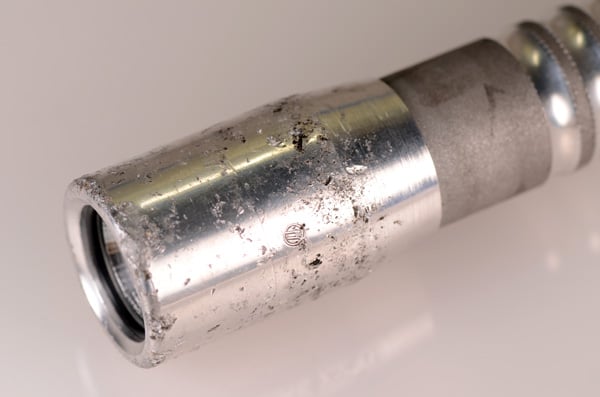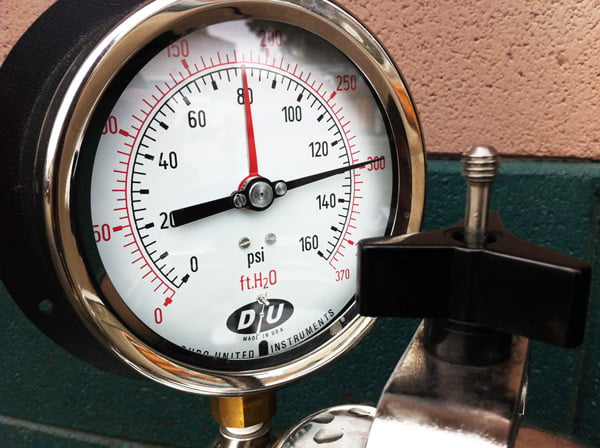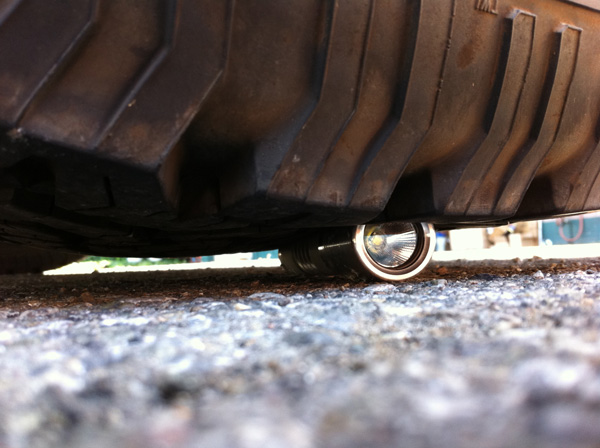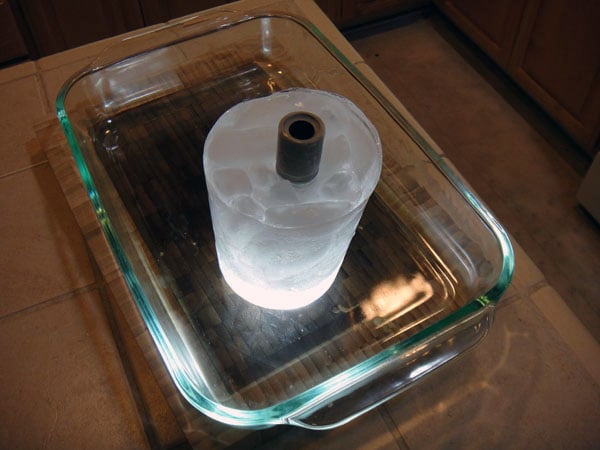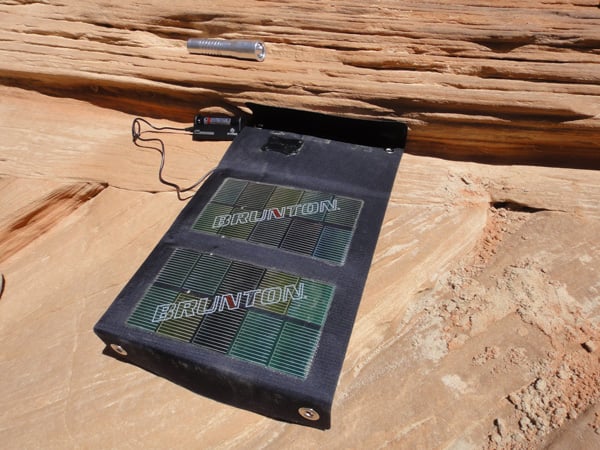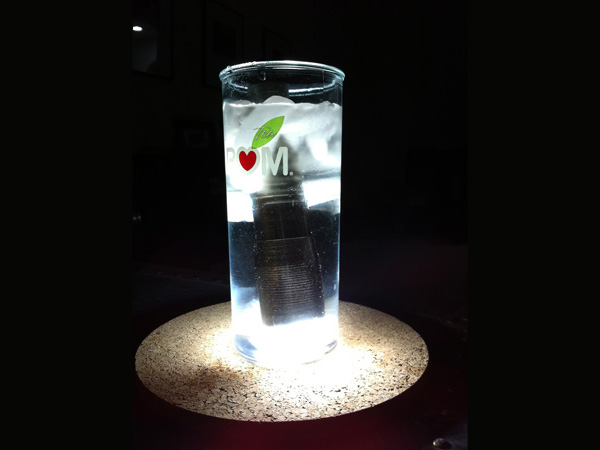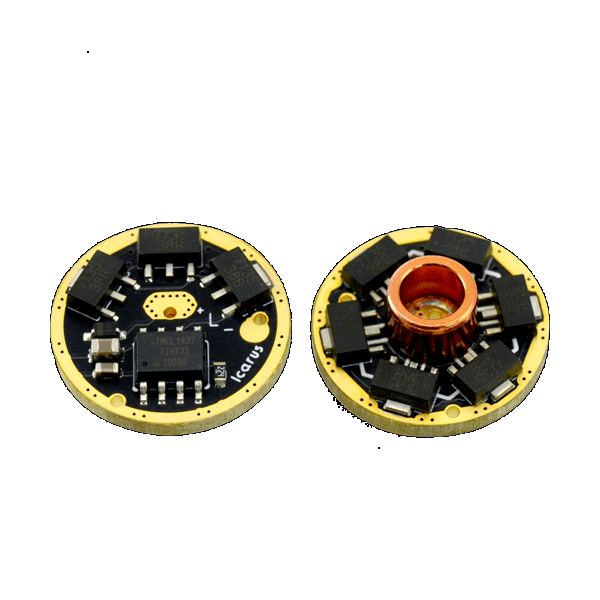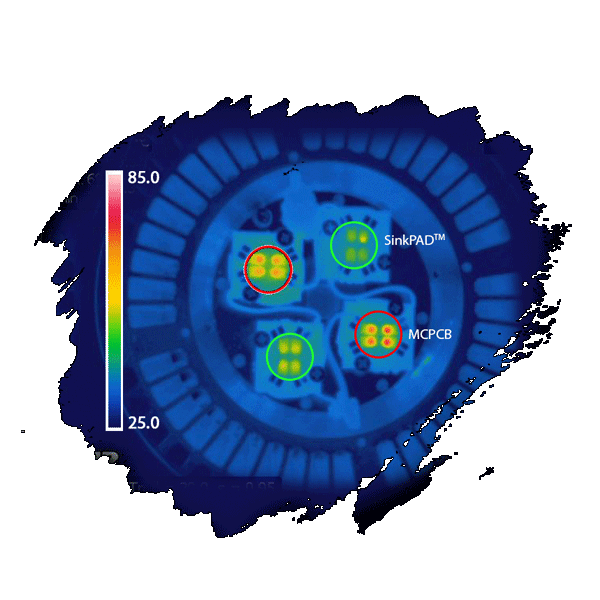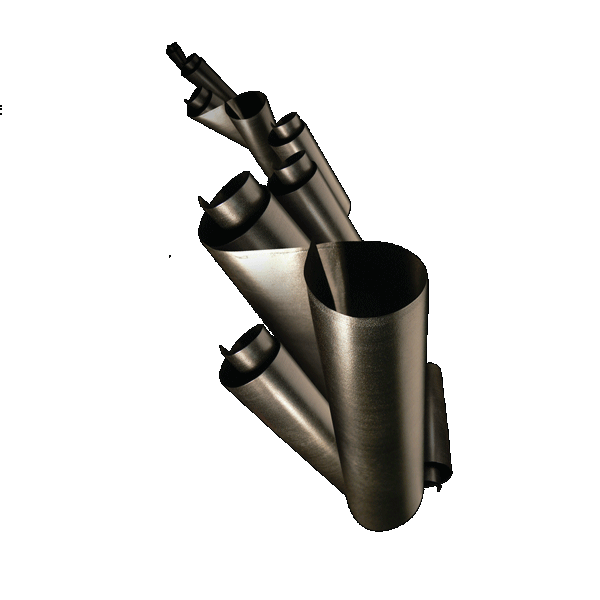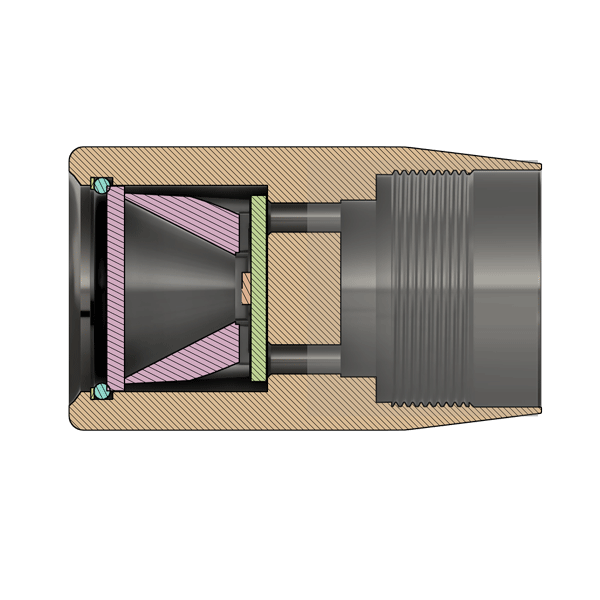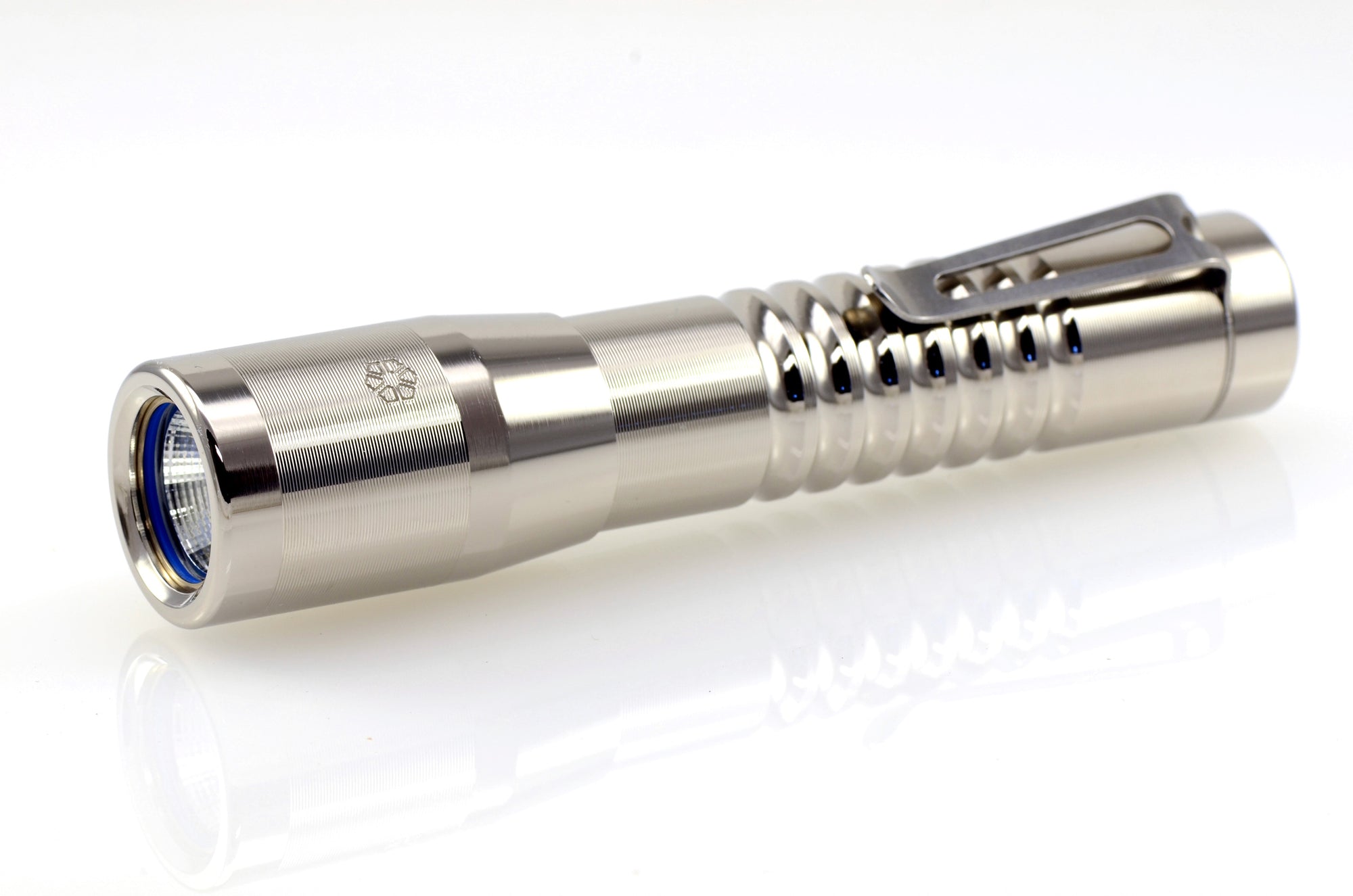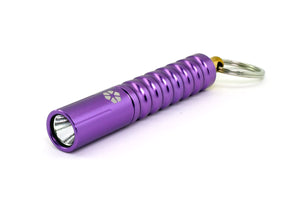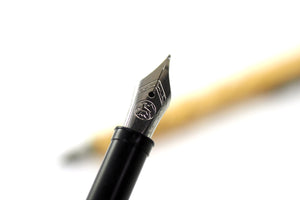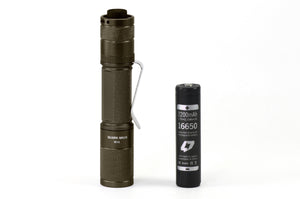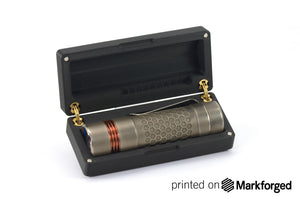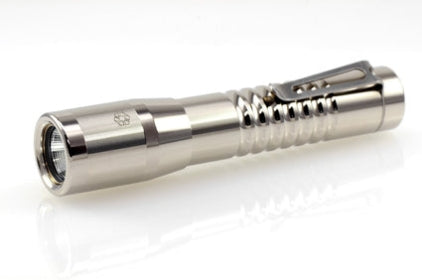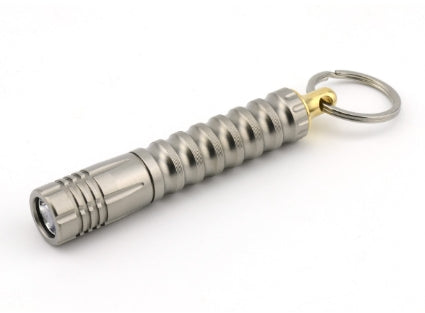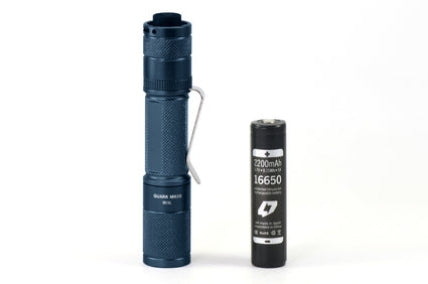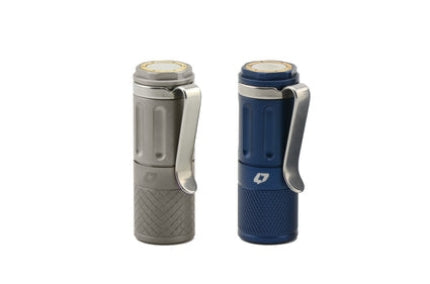Alpha Custom
 1x18650 |
 Buyer's Choice |
 650-750 |
 .5 |
 1.5 hr |
 270 hr |
The alpha custom program is a blend between the blue label and ready-made: Right now there are a LOT people on the BL wait-list, and this is one of the main reasons I'm offering the Alpha Custom. My hope is that I'll be able to deliver these on a more consistent basis since I don't have to do the secondary machining or spend the (countless) tedious hours on fancy finishes... but you still get your own custom build with the features you want.
Taking a concept from an idea all the way to a manufactured product has been a humbling experience. Despite many years in product design and manufacturing, this is the first time I've been 100% responsible for every aspect. It's incredibly difficult, infinitely complicated, never perfect, always challenging, and fundamentally satisfying. I once heard Adam Savage say that, "the best way to end a day is filthy and satisfied." Quite right.
I work with over 50 different vendors to bring you the Alpha and source everything I can locally, not just domestically. Every light passes through our hands on its way to yours, and I think that's meaningful. Call me old fashioned, but I like to know the people that make the objects I value, use, and rely on. I wish there was more opportunity for that in this day and age.
My work is a reflection of my values and the culmination of my years in design, fabrication, and manufacturing. A flashlight might seem simple, but I spend sleepless nights thinking about details that you will never even see. I'm here to make the world's best lights, or I woudln't do this at all.
Why go to these lengths for a humble flashlight? Lighting up the dark hasn't always been such a humble pursuit. For most of our history it's been life or death. When it's dark, and you need light, you really need light. If you think about it, it's not that different today.
We forget how important light is because most of the time you can just walk over to the wall and turn one on. What if that wasn't an option? There is accidental darkness: I actually get excited every time the power goes out. I also make lights for people that find themselves in the dark deliberately: airline pilots, mechanics, law enforcement, campers, hunters, fishermen, adventure racers, EMTs, contractors, moms, brothers, neighbors, and friends.
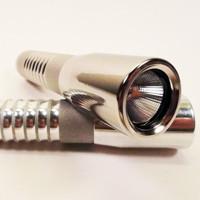
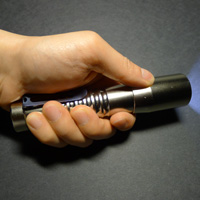
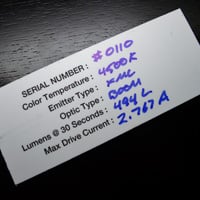
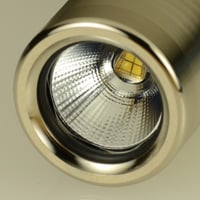
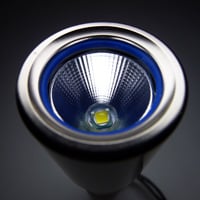
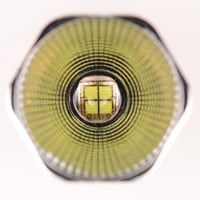

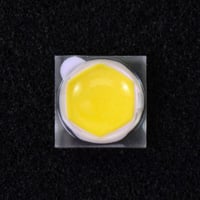
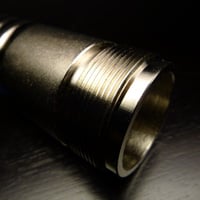
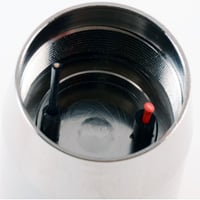
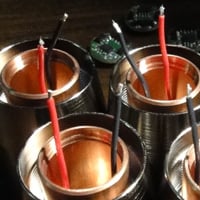
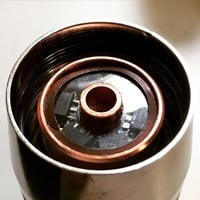
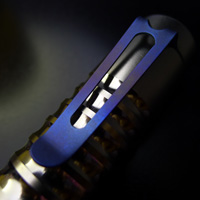
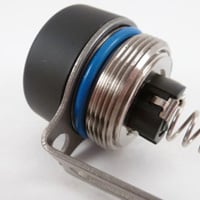
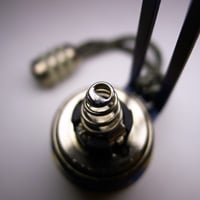
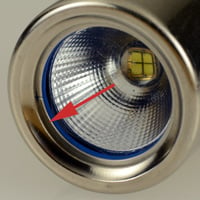
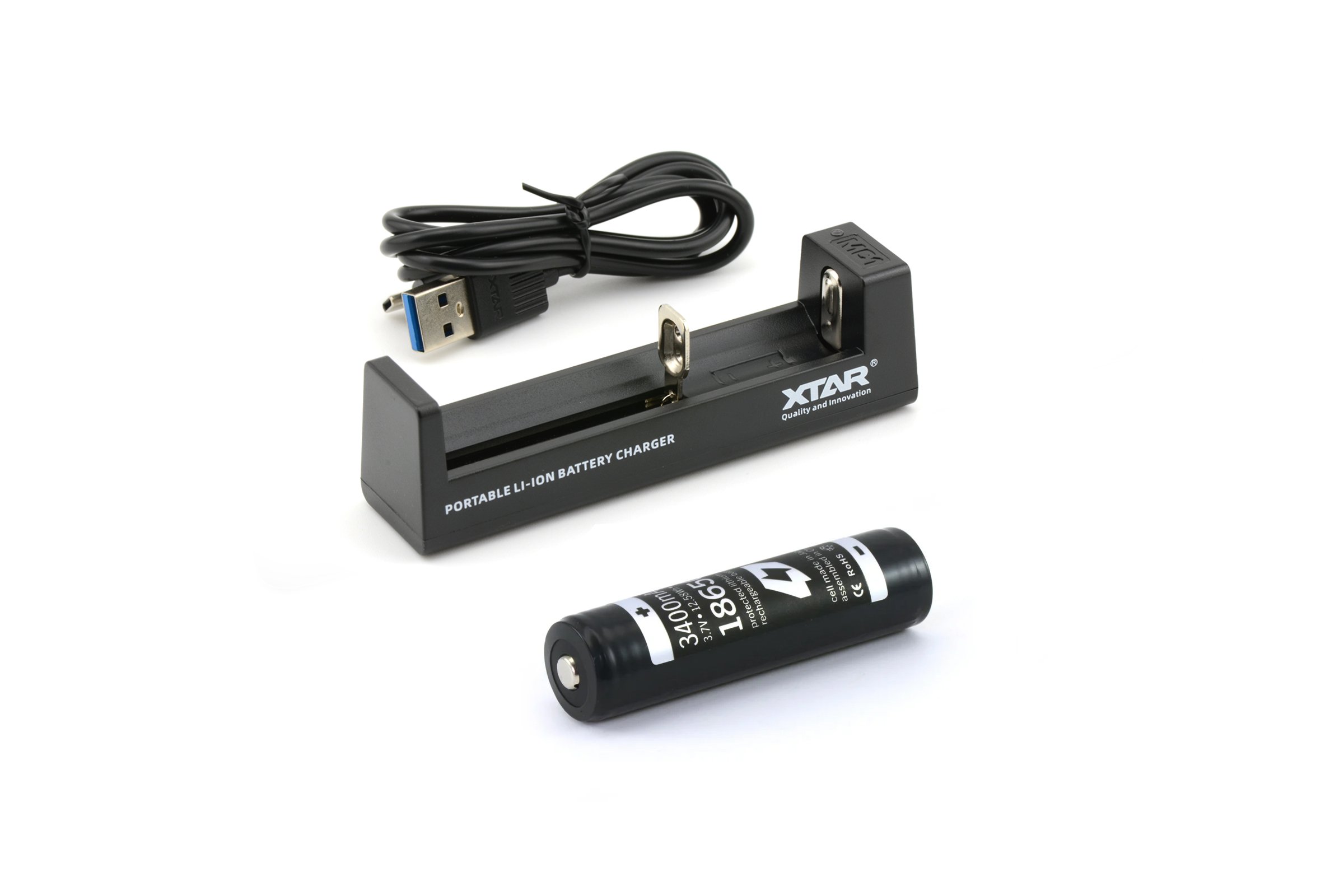
- Alpha Series light
- 1x18650 Foursevens 3400mAh Li-Ion (Protected)
- Battery Case
- XTAR MC1 Charger (Lithium-ion ONLY)
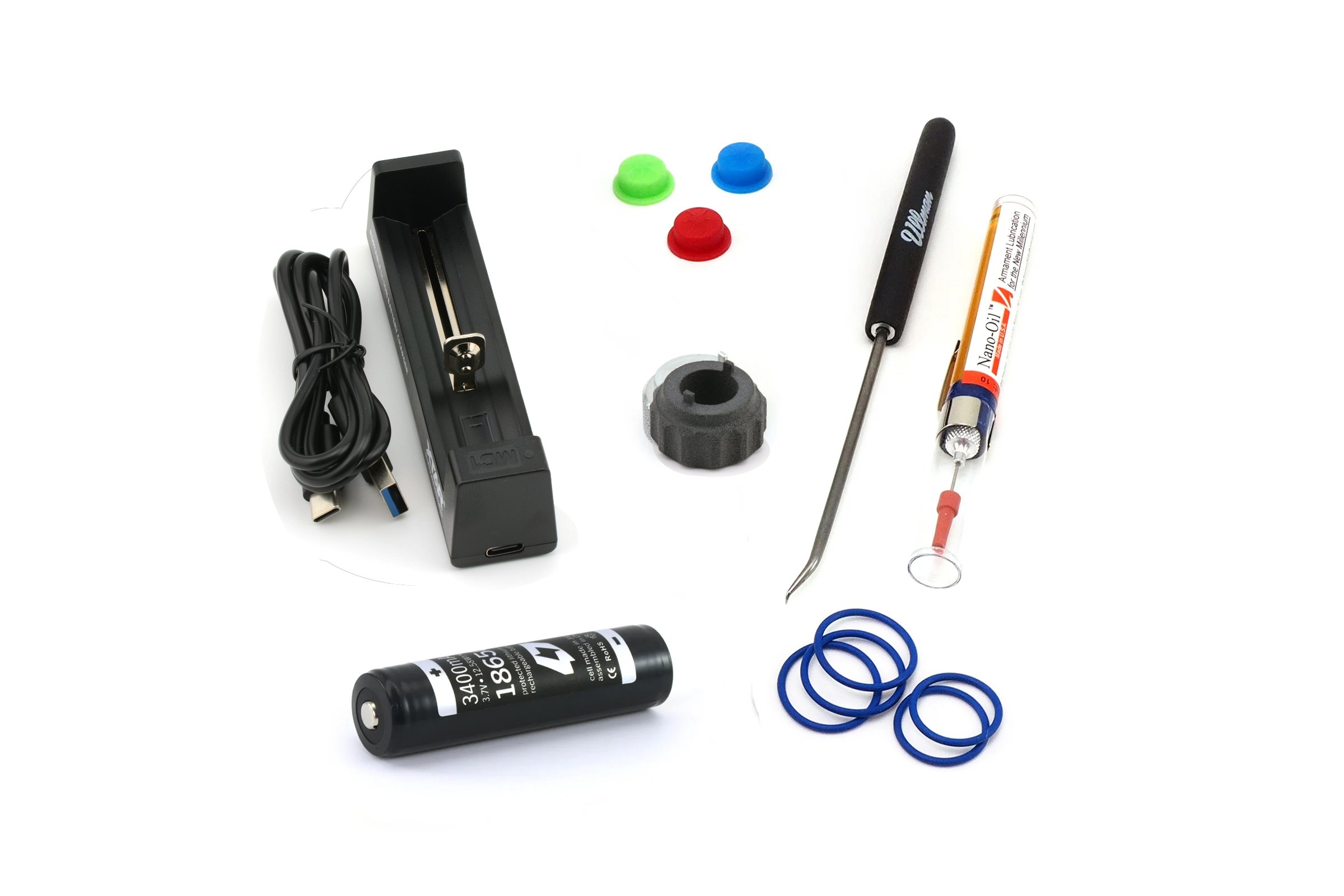
- Maintenance kit (Nano-Oil + replacement o-rings)
- O-ring removal tool with rubber grip
- Three extra button colors of your choice
- Switch Tool (Pronged tool to aid in removal of the switch and retaining ring. 3D printed in-house!)
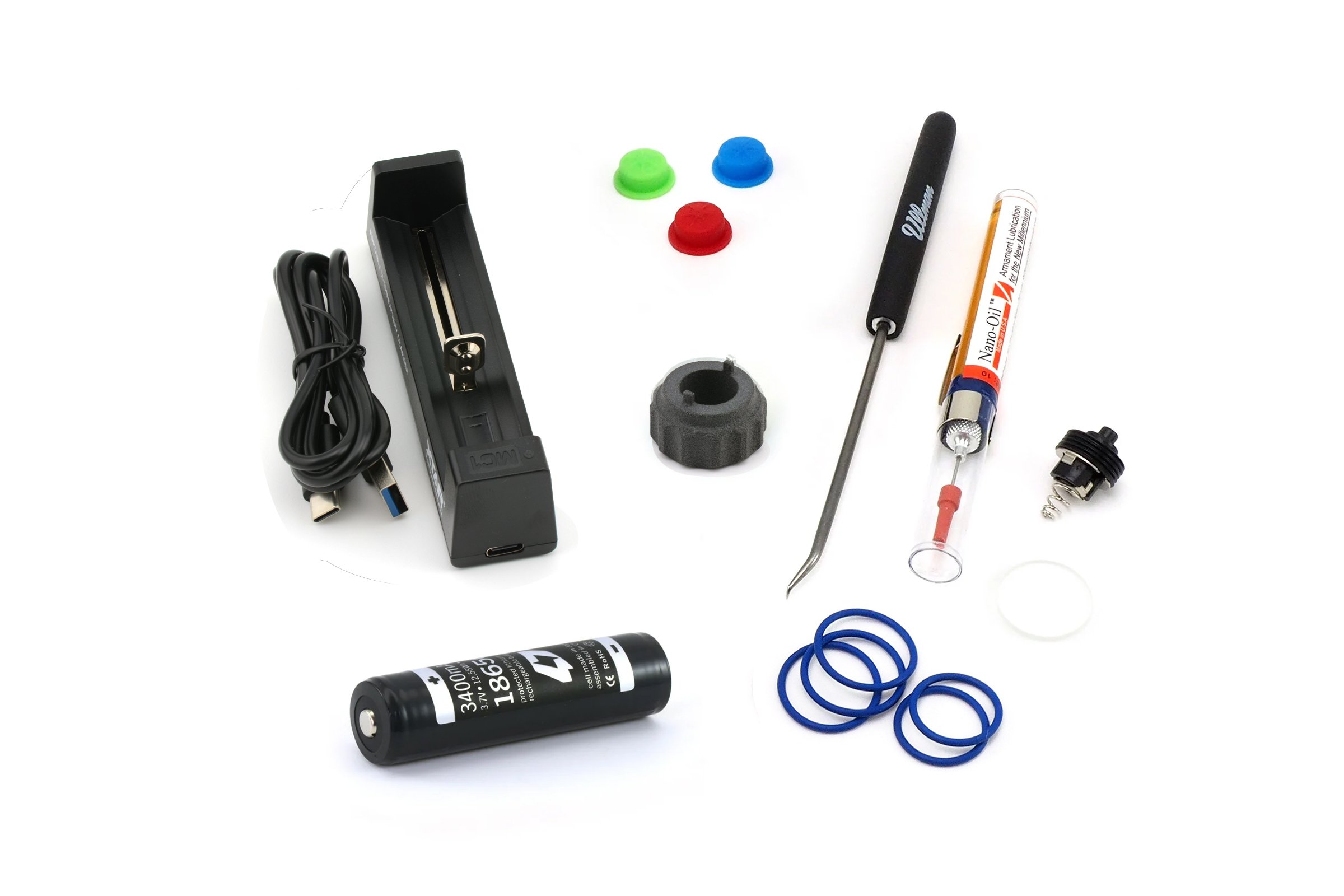
- Spare UCL window (glass lens) Spare McClicky tailcap switch
-
LED TypeBuyer's Choice
-
battery type18650 lithium-ion
-
Weight4.79oz (136.1g) No Battery
-
Dimensions1.2" x 5.75" (body dia. is 1")
-
Voltage Range2.8V-4.2V
-
Beam Distance110m
-
Brightness LevelsFully User Programmable (Default is L/M/H)
-
Special ModesStrobe, Beacon, SOS (added via programming)
-
Body Material6061-T6 aluminum with Electroless Nickel plating
-
Window Glass98% transmission UCL glass (2 side AR coated)
-
Water ResistanceIPX8 (100m)
-
Included Accessories1cc Nano Oil + 2 O-rings
-
Where it's made


